Making the Invisible Seen: Disabled Characters in Children’s Literature
Published on: 31 May 2023
Author Laura Noakes talks about the importance of disabled children being heroes too.
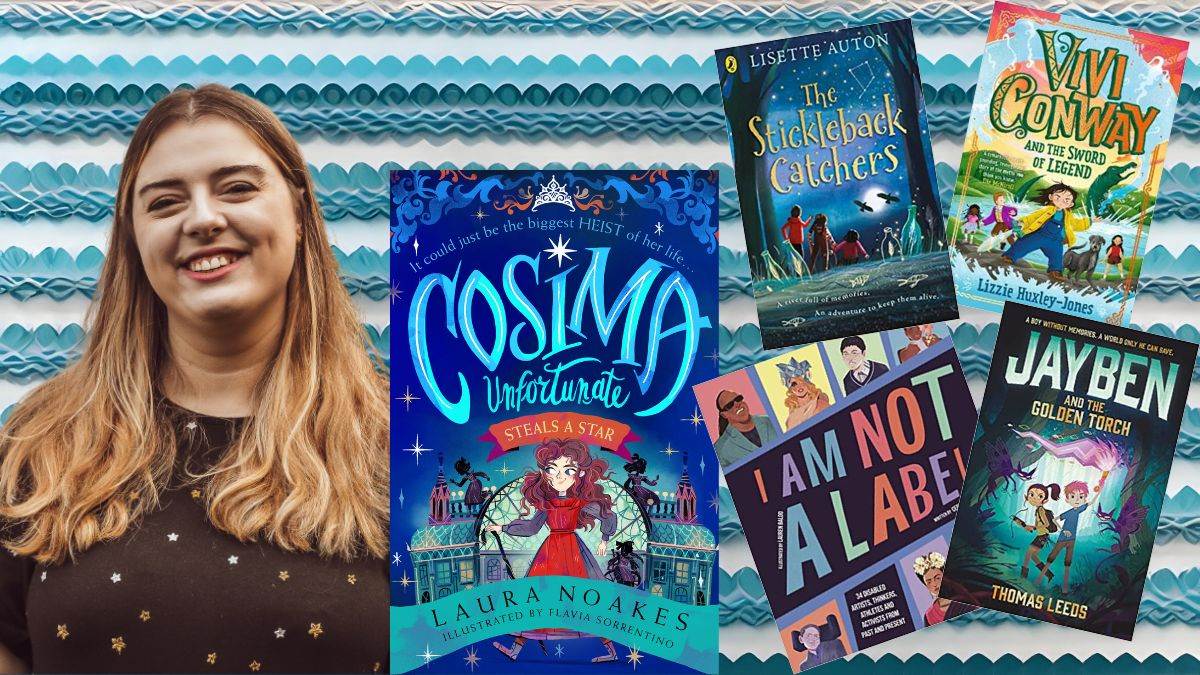
When I was in middle school, I spent most of my lunchtimes curled up on a chair in the library, escaping into worlds of magic, mystery and mayhem. My school library was my sanctuary as a disabled child but, thinking back, I very rarely read stories where kids like me were heroes. Disabled children were, to all intents and purposes, invisible. If they did appear, disabled characters were much more likely to be an object of pity, or a plot point that inspired a main character to turn their life around. Thankfully, it appears that disability representation in children’s literature is finally increasing – children today have far more options for reading about disabled characters in a wide variety of genres.
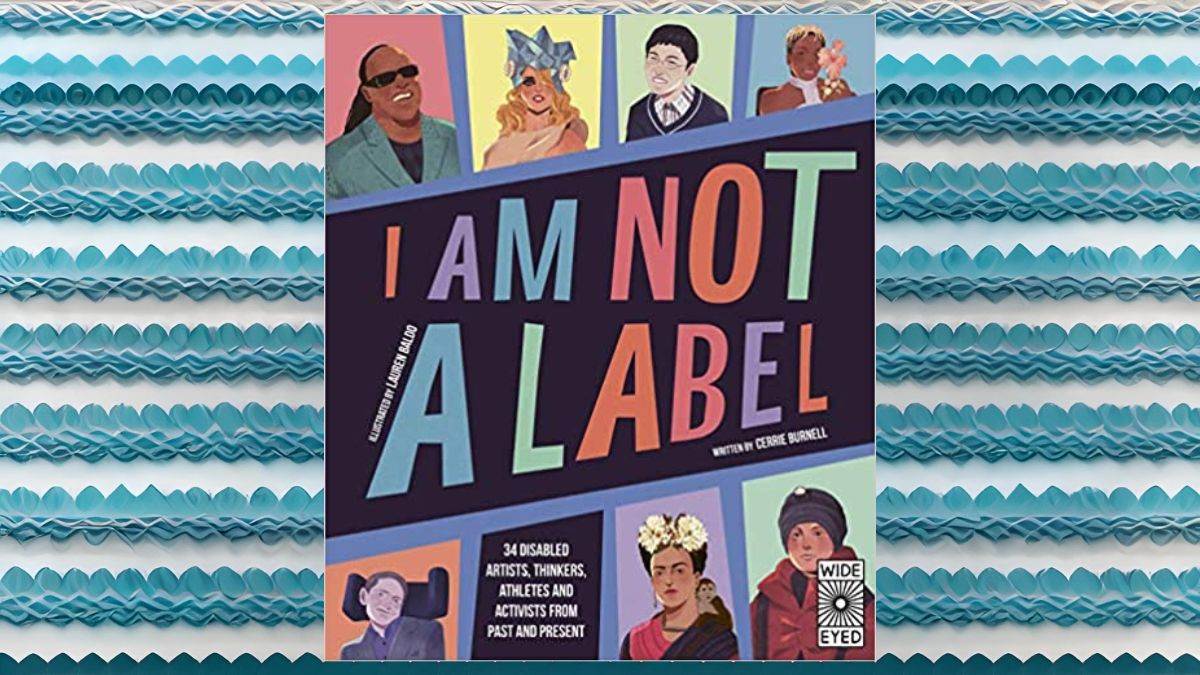
From Elle McNicoll’s incredible books to Cerrie Burnell’s spectacular bibliography of work, including her curation of the anthology I Am Not a Label, there are many excellent books to discover. It truly is an exciting time to be publishing a book starring a whole cast of disabled characters. What’s so incredible about this surge forward in disability representation, especially in books written by disabled authors, is that readers are able to increase their awareness of a huge variety of disabilities through the pages of a book. Disabled characters are becoming increasingly visible – even if their disability is invisible.
My disability is called Hypermobility Spectrum Disorder (HSD). Often grouped with conditions that fall under the umbrella of Ehlers-Danlos Syndrome, HSD affects people very differently. For me, I deal with recurrent joint dislocations, chronic pain and brain fog – which makes it hard for me to concentrate or remember important details. It’s also a dynamic disability, which means that my condition fluctuates a lot. This means that while sometimes I use a walking stick, walk with a limp and rely on joint supports, at other times I can appear completely ‘normal’. It’s this invisibility of my condition that often leads to misunderstanding. I know that HSD isn’t alone in this regard – there are many disabilities, chronic illnesses and neurodivergent conditions that are undetectable to the outsider.
The sometime invisibility of HSD was something I thought deeply about when writing my debut book, Cosima Unfortunate Steals a Star. Set in late-Victorian London, it follows a group of disabled children who decide to pull off a jewel heist. My main character, Cos, shares my disability, and in the story both she and other characters wrestle with the visible/invisible dynamic of her condition – she is told on multiple occasions that she doesn’t look disabled. Cos’ experience contrasts with her friend Diya, who, as a wheelchair user, is more visibly disabled. However, both girls face discrimination throughout the story that is directly related to their status as disabled.
Despite this, much of the story doesn’t centre around the girls’ disability – it’s just something that is a part of them – and Cos and Diya are completely accepting of that. I was deeply embarrassed of my disability as a kid, and reading a character like Cos would have made me feel far less alone as I sat, nose buried in a book, in my school library. I wrote my book because I want disabled kids to know that they can be the heroes of their story, and I feel incredibly honoured to be mentioned alongside other disabled authors writing for children today. It is important for all children to see disabled children as heroes, and Cos is by no means the only one hitting bookshelves in 2023.
Below are three books I have read and adored this year that spotlight disabled characters with both visible and invisible conditions:
Vivi Conway and the Sword of Legend by Lizzie Huxley-Jones
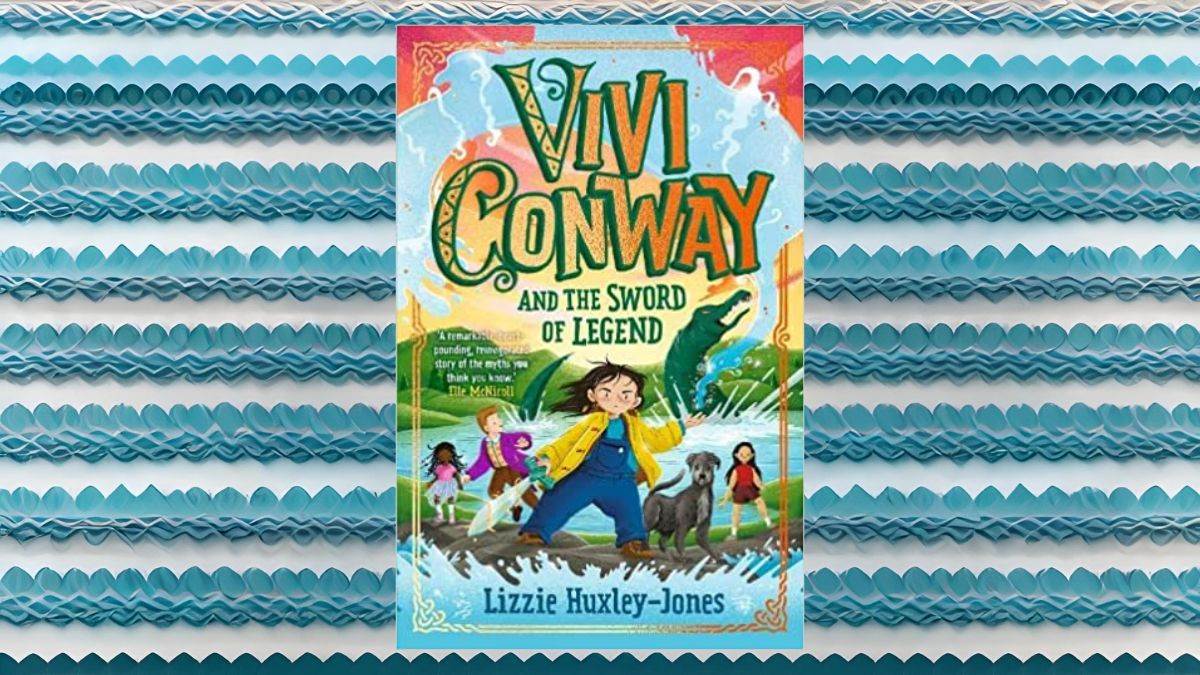
An adventure of epic proportions underpinned by Welsh Mythology, Vivi Conway is the thrilling start to a middle-grade fantasy series. Our heroine Vivi is autistic, and a major secondary character has a limb-difference. It’s the kind of story that sends goosebumps shooting up your arms, and has a proper action-packed, twisty-turny plot. It is so refreshing to see ND and disabled characters take the lead in such a monumental and legend-filled tale. I cannot wait for book two, and for more Vivi escapades!
The Stickleback Catchers by Lisette Auton
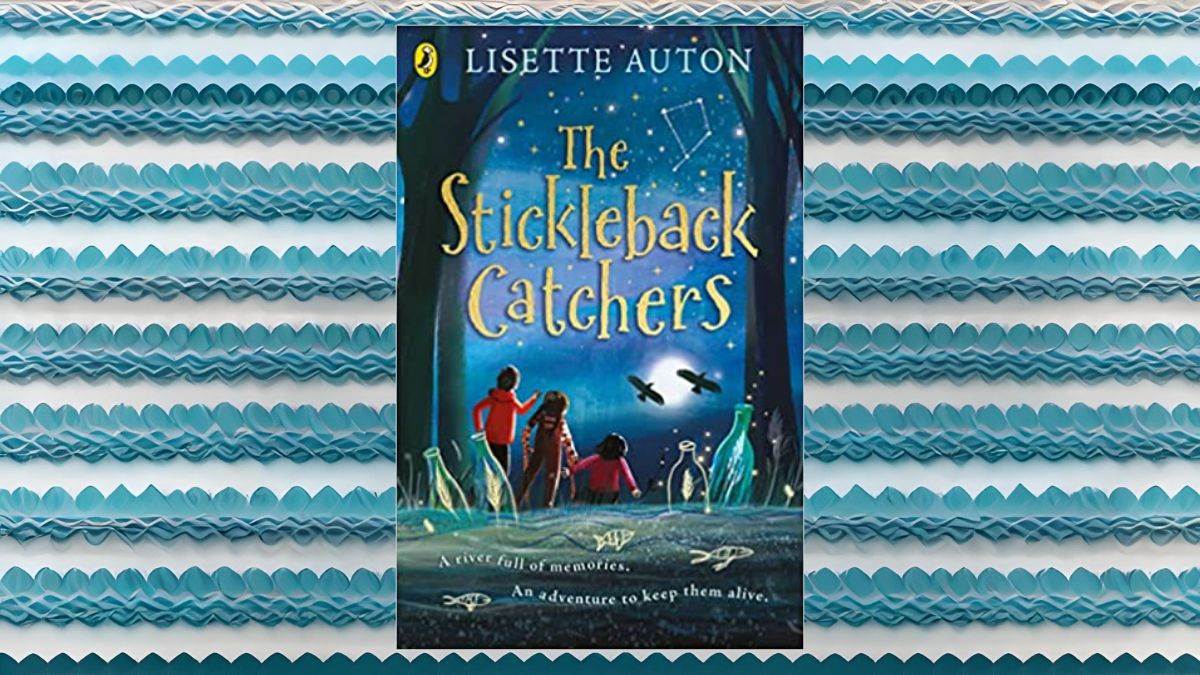
Having adored Lisette’s debut, The Secret of Haven Point, I was so excited to read this book. In my humble opinion, it’s a future classic. The cast of characters is wonderfully diverse – there is queer, neurodivergent, disabled and chronic illness representation – and the story is everything I love in middle grade: it’s full of magic, adventure, and heart. Our main character, Mimi, uses beautifully decorated mobility aids to get around. I’m not ashamed to admit that I wept when I read the joyous description of Mimi’s crutches: often mobility aids are looked down upon, and not seen for what they are: a tool for freedom. I especially loved the author’s note at the end, which encapsulates the wonderfulness of disabled, chronically ill and ND people, just as they are.
Jayben and the Golden Torch by Thomas Leeds
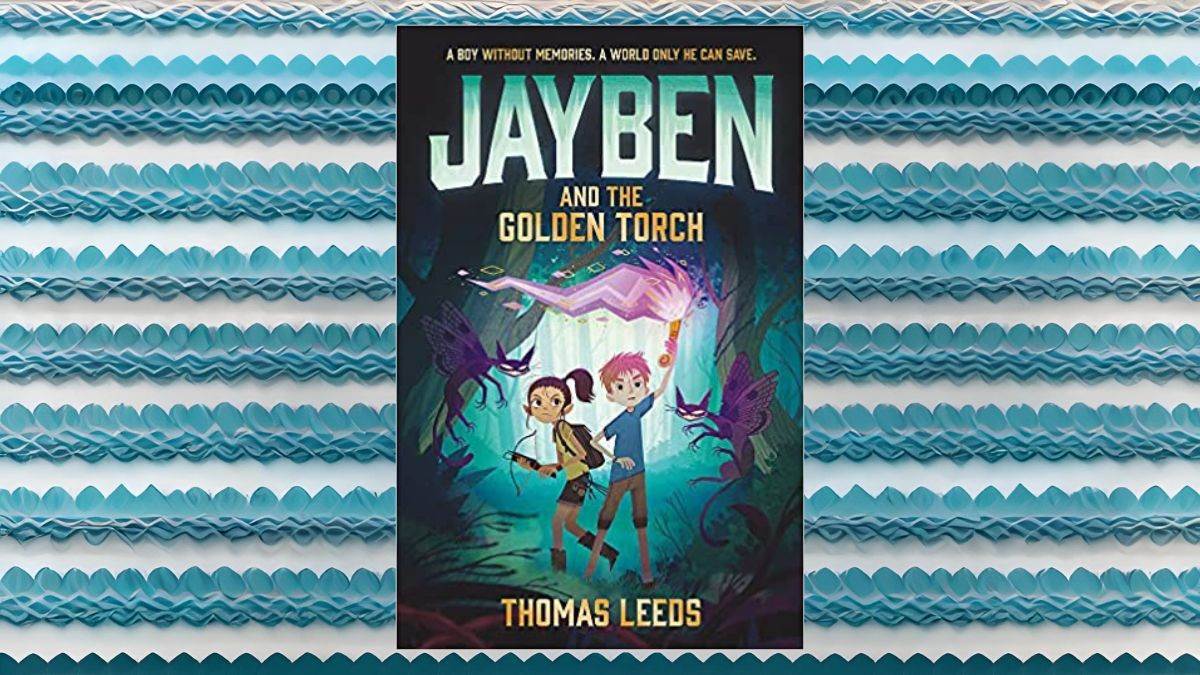
Featuring depictions of memory loss, brain injury and seizures for our main character Jayben, this vividly drawn book catapults us into an imaginative world full of danger and fantasy. Jayden is a brilliant hero, and I absolutely adore the strong themes of friendship and hope throughout. The blank pages throughout the book (signifying Jayben’s memory loss following a seizure) are incredibly powerful, and there is great on-page discussion of what it means to live with a memory-loss condition, especially when it’s not immediately obvious to onlookers.
Cosima Unfortunate Steals a Star by Laura Noakes and illustrated by Flavia Sorrentino is out now.
Topics: Disability, Features





